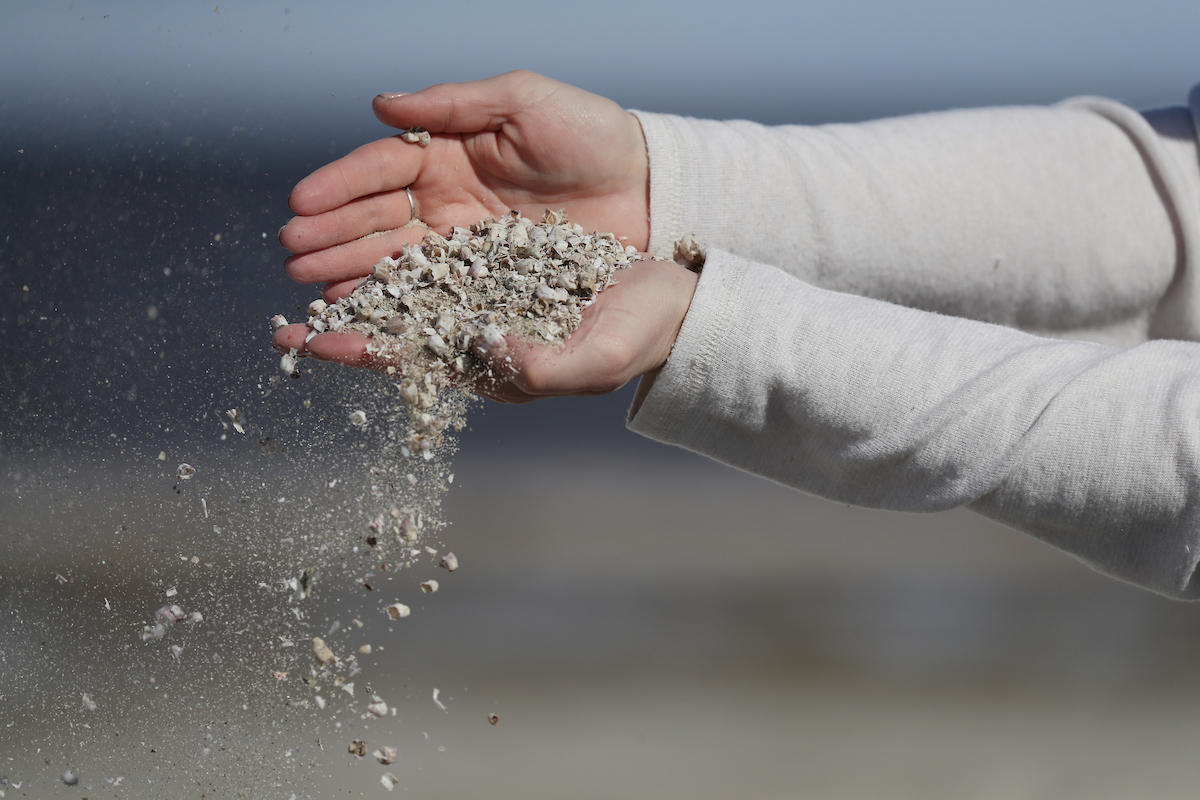A new study has identified the cause of the lake’s water loss.
In the last 25 years, the Salton Sea, California’s most polluted inland lake, has lost a third of its water. According to a new study, the reason for the decline is a reduction in Colorado River flow.
As the lake dries up, the concentration of salt and chemicals in the remaining water has skyrocketed, triggering a mass die-off of fish and birds, including endangered species. The salty, toxic water that coats the dry lakebed turns it into dust, causing respiratory problems for nearby residents.
“It is an environmental catastrophe,” said Juan S. Acero Triana, a University of California, Riverside hydrologist and lead author of a new study focused on understanding water movement on and below Earth’s surface near the Salton Sea, a research field called hydrology. The study was funded by the National Science Foundation’s Innovation at the Nexus of Food, Energy, and Water Systems, or INFEWS, program.
There have been several theories proposed as to why water levels are steadily falling. Some attribute the lake’s drying up to climate change and heat. Some people think that agriculture could be to blame. As irrigation systems improve and crops are modified to require less water, less water enters the Salton Sea. These, according to the researchers, are not the main factors contributing to the sea’s decline.
“There is less water coming from the Colorado River into the Sea, and that is driving the problem,” said Hoori Ajami, UCR hydrologist, study co-author, and principal investigator. This finding, and the methods used to obtain it, were recently published in the journal Water Resources Research.
The researchers took into account the important factors influencing the water balance of an endorheic lake, like the Salton Sea, where water flows in but not out to any tributaries. Endorheic lakes have been declining at an “alarming” rate in recent decades owing to the combined impacts of global warming and water diversion for agricultural and industrial purposes, according to the researchers.
To understand the reasons for the Salton Sea’s decline, the researchers used a hydrologic model that accounted for all processes in the surrounding areas that impact the lake’s water balance, including climate, soil types, land slope, and plant growth.
Geographically the model included data not only about the Sea itself, but also from the surrounding watershed, streams entering the lake, and the land area that drains into those streams.
Data for the model was hard to come by as this is a transboundary basin on the US-Mexico border between California and Baja California Norte, and stakeholders may have been reluctant to share data that could alter previously earned water rights. However, using publicly available data and data mining techniques, UCR researchers were able to simulate long-term water balance dynamics and identify reduced Colorado River flows as the main cause of the Salton Sea shrinking.
“It’s not entirely clear, however, whether the decline in Colorado River water is more due to global warming drying out the river, or reductions in allocation levels to California, or both,” Acero Triana said.
Despite that lingering ambiguity, the researchers say the study should send a message to water management agencies and lawmakers that the Salton Sea watershed should be considered part of the Colorado River basin.
“Usually, the Sea is considered an independent system, and a watershed-centric approach considering surface and groundwater resources is needed to find a solution,” Ajami said. “As the environmental risks of a shrinking Sea mount, all parties must work together to mitigate the danger.”
Reference: “Identifying Major Hydrologic Change Drivers in a Highly Managed Transboundary Endorheic Basin: Integrating Hydro-Ecological Models and Time Series Data Mining Techniques” by Juan S. Acero Triana and Hoori Ajami, 23 August 2022, Water Resources Research.
DOI: 10.1029/2022WR032281
Share your story or advertise with us: Whatsapp: +2347068606071 Email: info@newspotng.com










